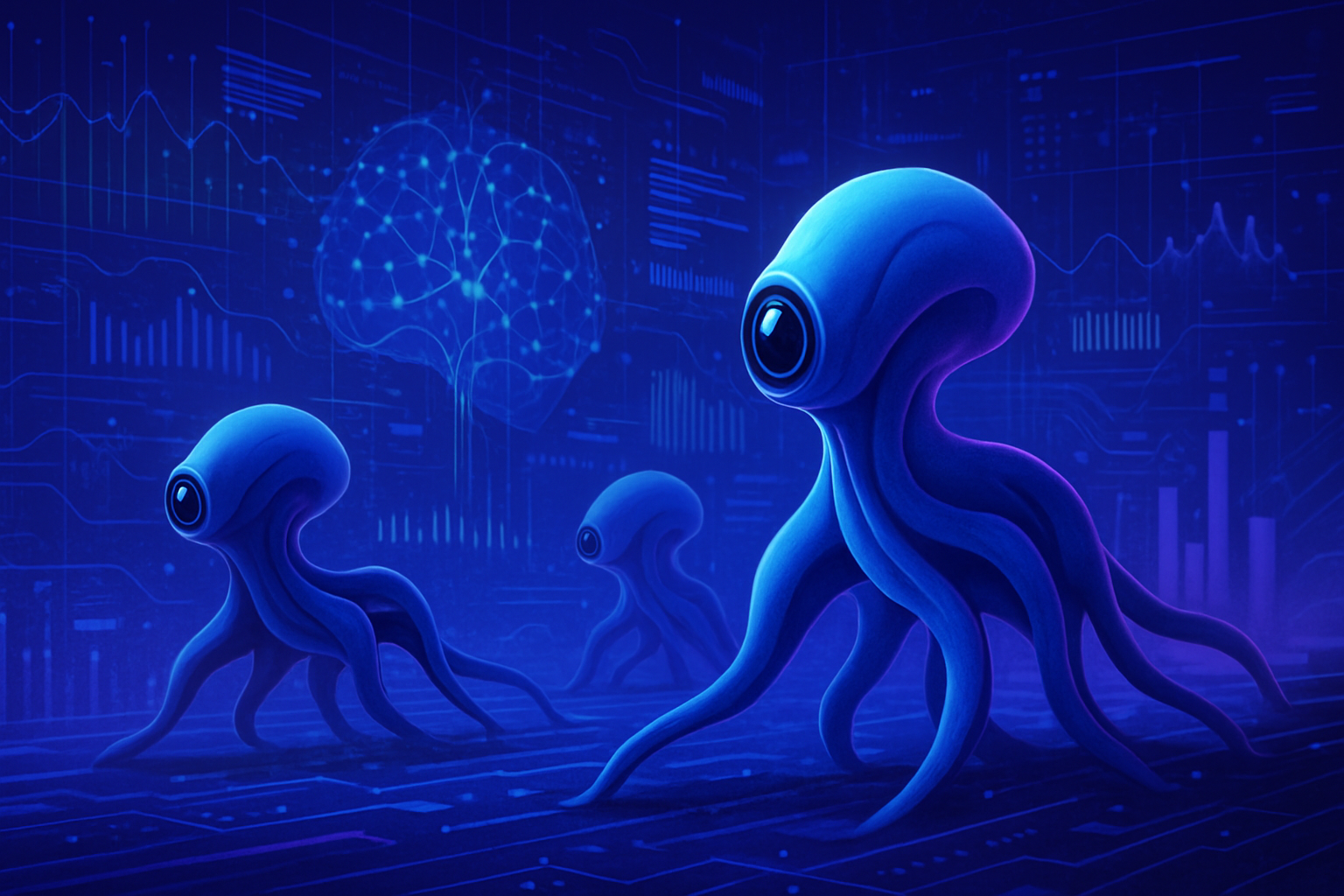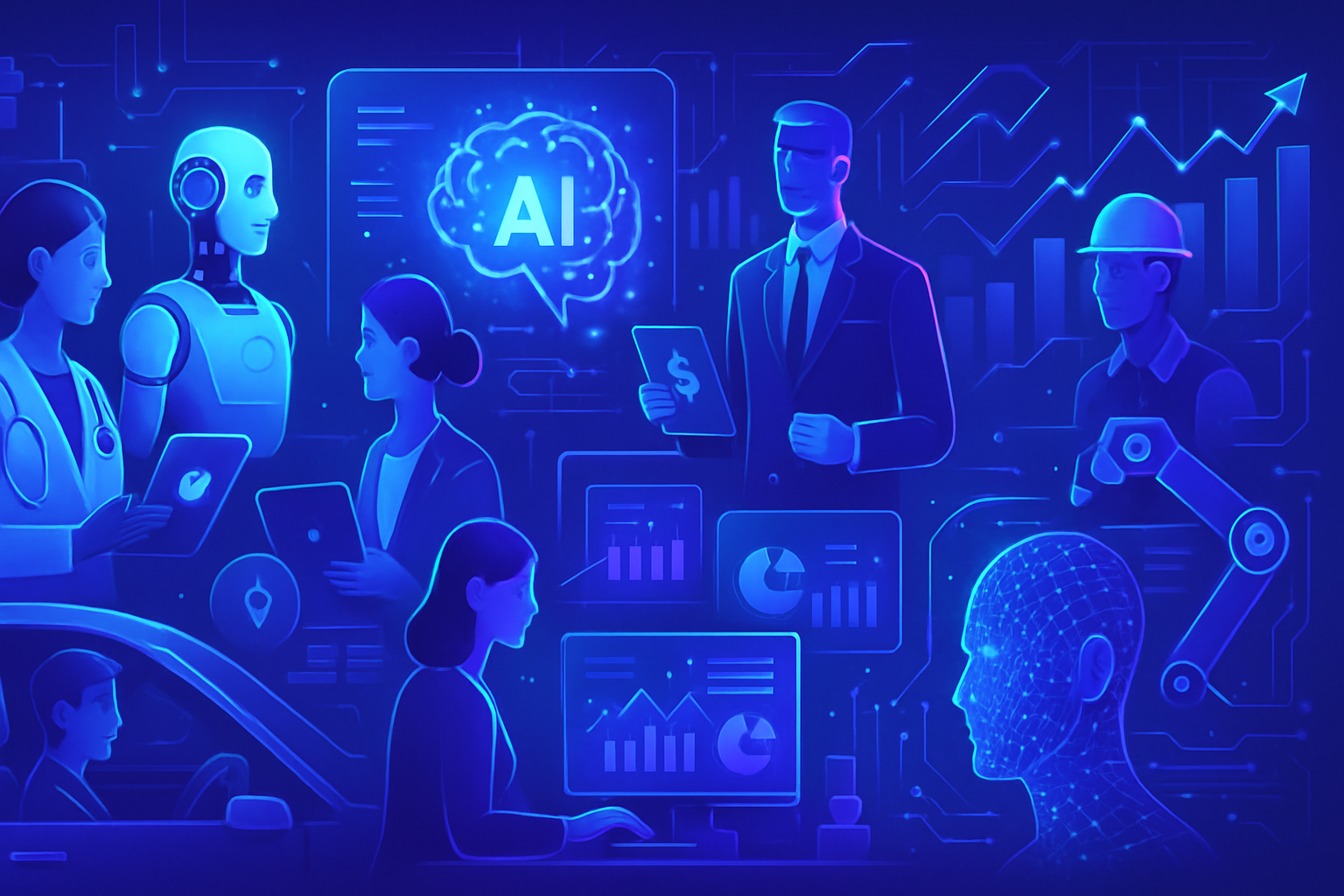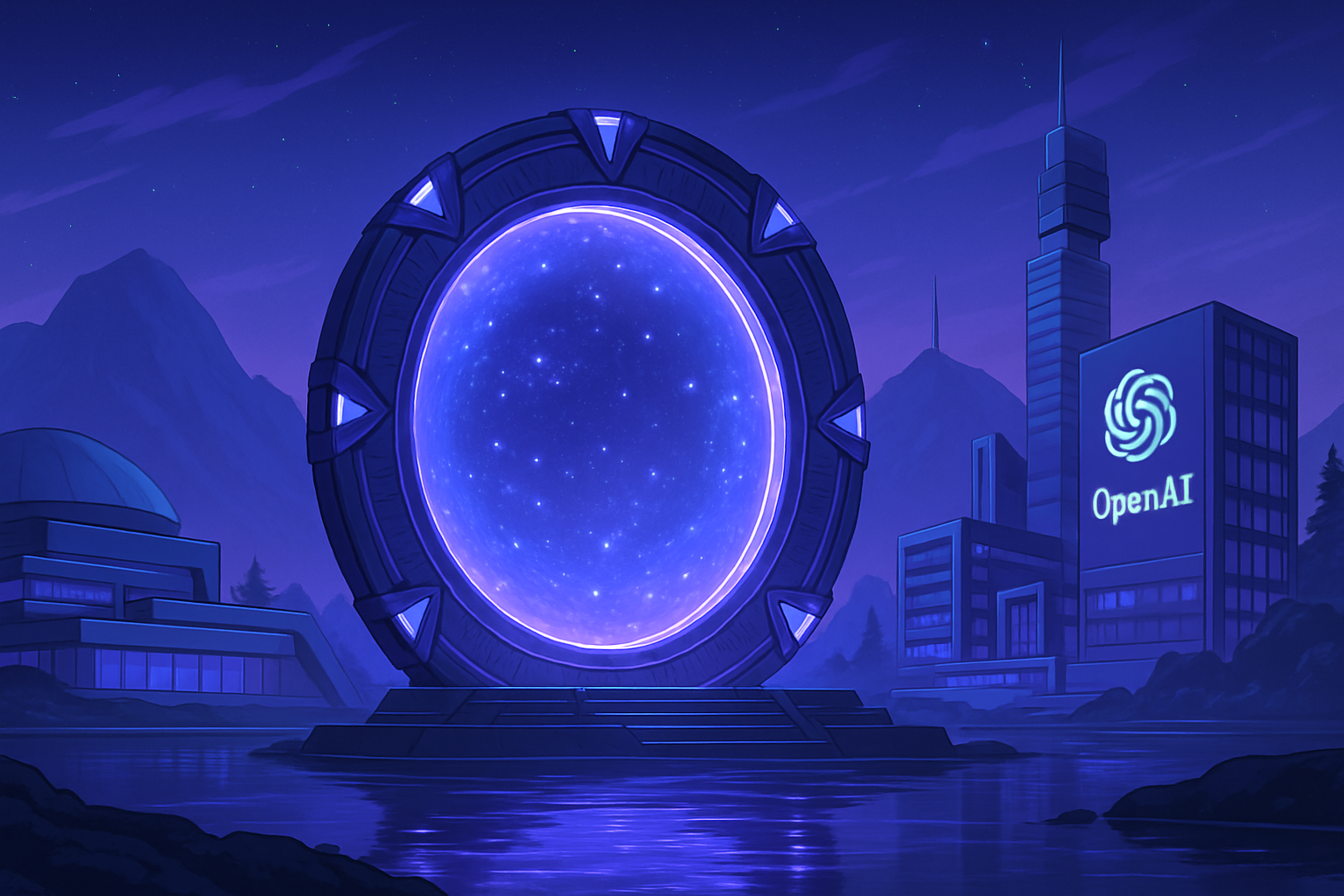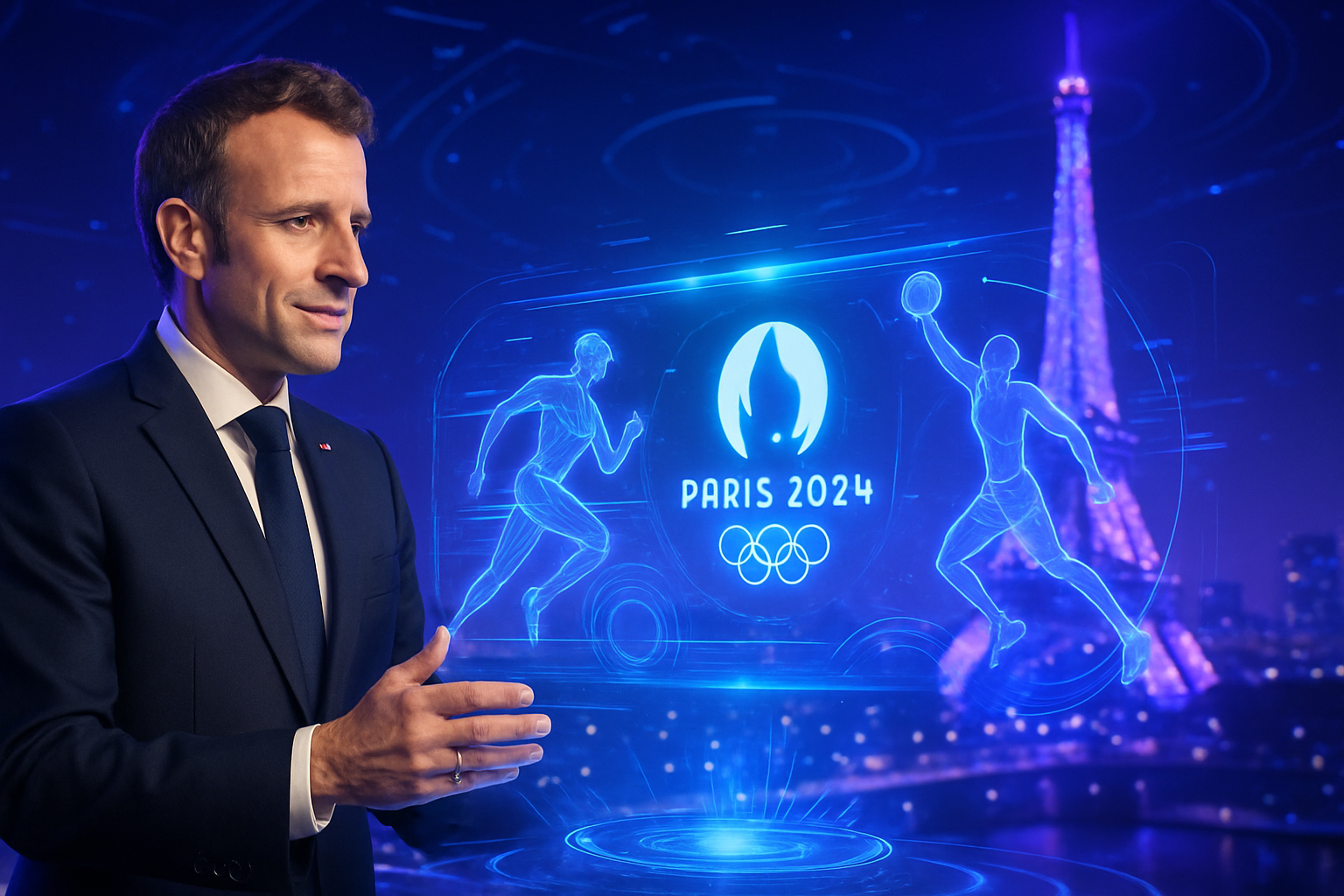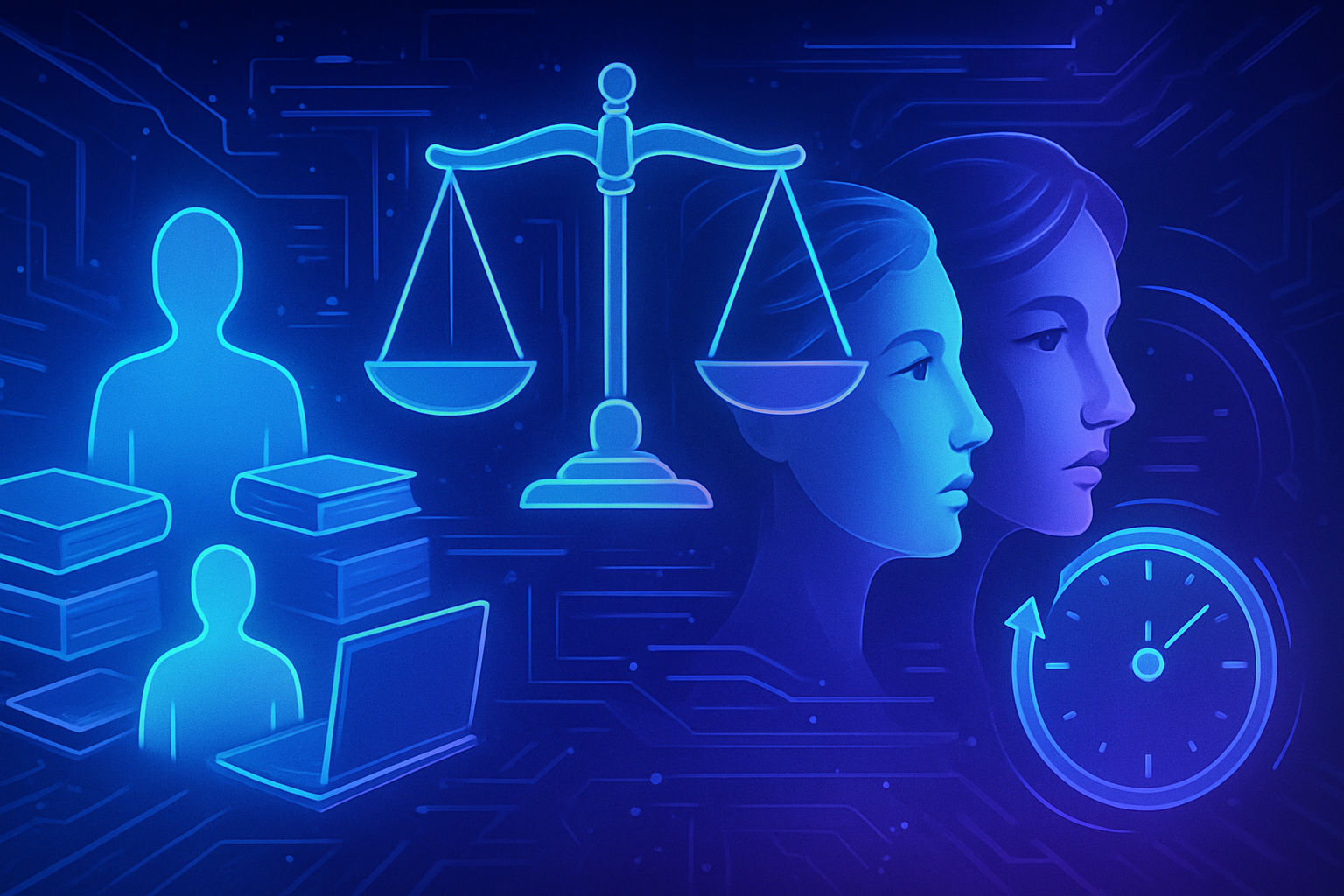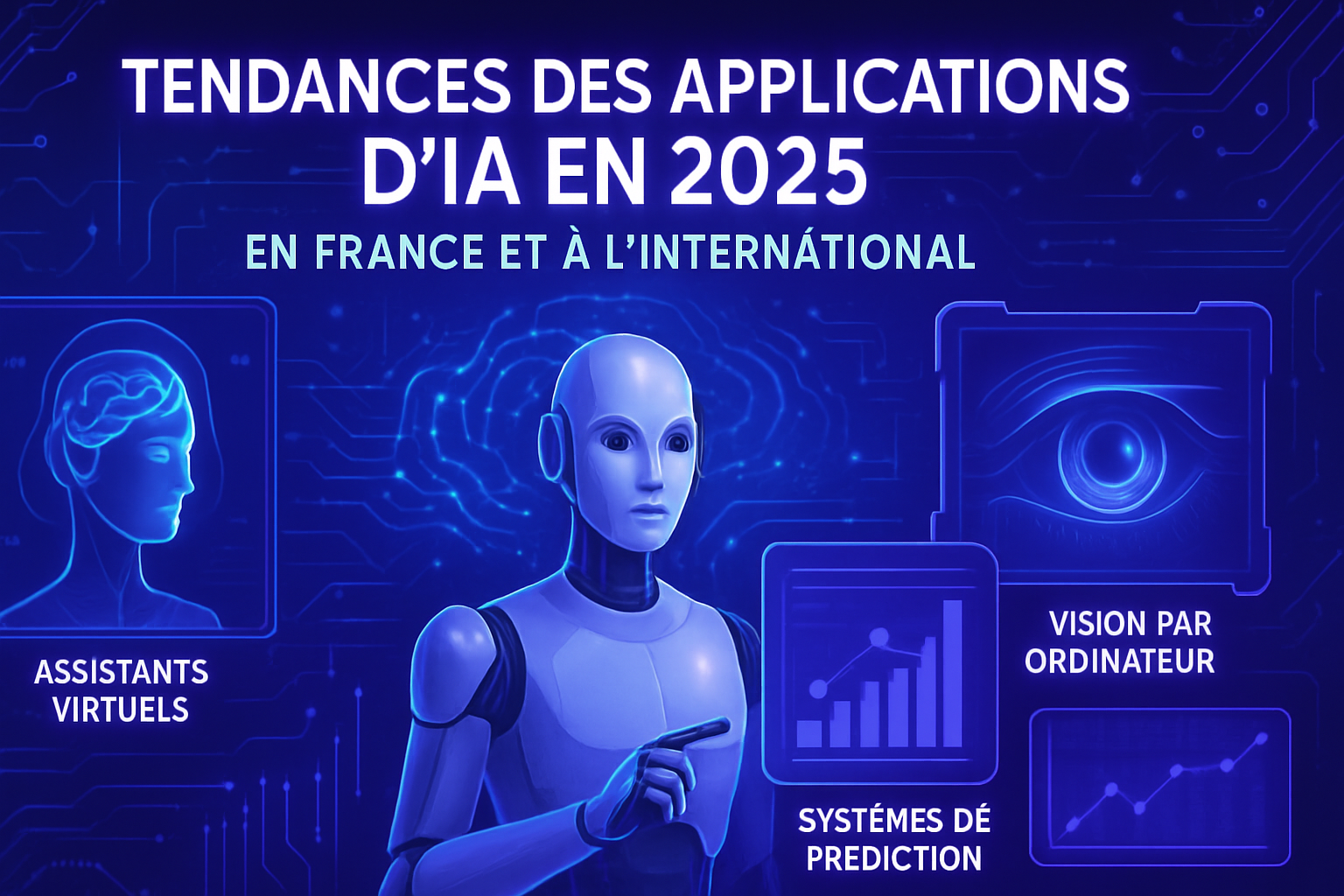Advancements in robotics open up fascinating prospects for the future of technological innovation. A deep learning system is revolutionizing the way soft robots, inspired by biology, interact with their environment. _A major challenge_ remains: facilitating the control of a robot from a simple image. _This technology reduces the need for sophisticated hardware_ while optimizing performance. The result? Machines capable of navigating effectively in hard-to-reach places, thus redefining the boundaries of robotic mobility.
Technological Advancement in the Control of Soft Robots
A team of researchers at MIT has developed a revolutionary deep learning system that allows for the control of soft robots, inspired by biology, using only a single camera. This technique, based on the visual-motor Jacobian model, provides a 3D representation of the robot, thus facilitating the prediction of its movements.
Reconstruction of the Visual-Motor Jacobian Field
The model is capable of inferring a three-dimensional representation of the robot from a single image, representing a significant advancement in the field of robotics. This visual-motor Jacobian field encodes the geometry and kinematics of the robot, allowing the prediction of its 3D movements of its surface points according to various command orders. The sensitivity of each point to the control channels is indicated by distinct color codes.
Vision-Based Closed-Loop Control
The system then uses the Jacobian field to optimize command orders, generating desired movement trajectories with an interactive speed of around 12 Hz. Tests outside the laboratory show that the robot’s commands successfully reproduce the desired movements, confirming the system’s effectiveness.
Reducing Design Constraints
This innovative system eliminates the need for multiple embedded sensors and spatial models specific to each robot design. Thanks to this less resource-demanding approach, the modularity of robotic designs is significantly enhanced. Robots can now operate in complex environments where traditional models fail.
System Performance and Precision
Tests on various robotic systems, such as 3D printed pneumatic hands and low-cost robotic arms, have shown impressive accuracy. Errors in joint movements remained under three degrees, while fingertip control recorded less than 4 millimeters of deviation. This precise control also allows compensation for the robot’s movements as well as changes in the surrounding environment.
Paradigm Shift in Robotics
Researchers highlight a significant transition in the way robots are designed. It is now about training robots from visual demonstrations rather than programming them manually. The vision of the future is taking shape: teaching robots how to perform tasks autonomously.
Limitations and Future Prospects
This system, based solely on vision, may encounter limitations in tasks requiring contact sensations and tactile manipulation. Performance may degrade if visual cues prove insufficient. The addition of tactile sensors would then offer significant improvement prospects for accomplishing more complex tasks.
Complementary Developments and Future Research
Researchers are also considering automating the control of a wider range of robots, including those with few or no integrated sensors. Sizhe Lester Li, a doctoral student, notes that this model could make robotic engineering more accessible.
These advancements shape the landscape of modern robotics, making the applications of these robots more varied and practical. For more detailed information about this project, check out articles on Tesla, or regarding research on properties of objects through robotics here. Daniela Rus’s research, awarded the John Scott prize, also deserves close attention here.
Frequently Asked Questions about Deep Learning for Soft Robots
What is a deep learning system for soft robots?
It is a control model that uses deep neural networks to teach soft robots, inspired by biology, how to move based on visual commands, using only a single image.
How does the system learn from a single image?
The system is trained on multi-view videos of robots executing commands, allowing the model to infer the shape and range of motion of a robot from a single image.
What types of robots can benefit from this technology?
This technology can be applied to various robotic systems, such as 3D printed pneumatic hands, soft auxetic wrists, and other low-cost robotic arms.
What are the limitations of this vision-based system?
As the system relies solely on visual information, it may not be suitable for tasks requiring contact detection or tactile manipulation. Its performance may also diminish if visual cues are insufficient.
How does this system improve the design and control of robots?
It frees robot design from the constraints of manual modeling, reducing the need for costly materials, precise manufacturing, and advanced sensors, thus making prototyping more affordable and faster.
What errors can occur when using this system?
Tests have shown that there were less than three degrees of error in joint movement and less than 4 millimeters of error in fingertip control, indicating high precision, but errors may still exist depending on environmental conditions.
Could the addition of tactile sensors improve the system’s performance?
Yes, integrating tactile sensors and other types of sensors could allow robots to perform more complex tasks and improve interaction with their environment.
Does this system require costly customizations for each robot?
No, unlike previous systems that required specialized and costly customizations, this method allows for general control without significant adjustments for each robot.
How does this system transform robot learning?
It marks a shift toward teaching rather than programming robots, allowing them to learn to perform tasks autonomously with less coding and traditional engineering.
